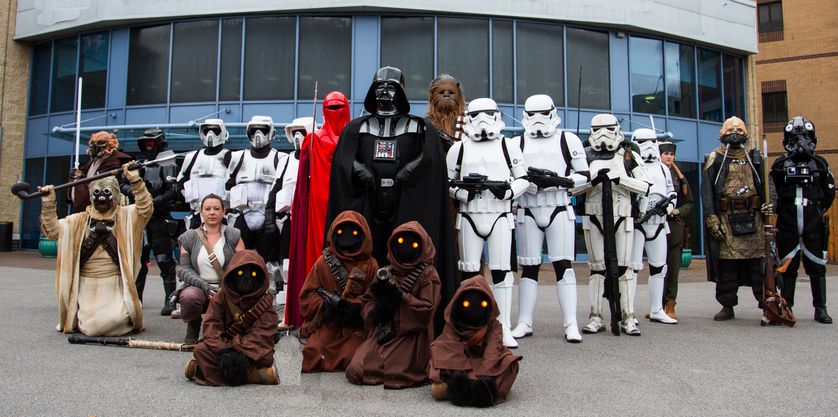On Wednesdays I work as a paediatric sonographer. The day starts at 8.30am with a nephrology multidisciplinary team meeting.
Renal cases are discussed and imaging for each patient is shown, which highlights the role of the sonographers and radiologists in the patient care pathway. Complicated referrals from other centres and emergency cases which need imaging that day may also be discussed. This is useful when you come to scan the child in the department, because it gives you a greater awareness of what the clinician needs to know and what is required for that child.
After the meeting, I return to the department, to feedback and help my colleagues clean the ultrasound machines, (including the filters). The duty sonographer will be arranging for the ward patients to come for their scans that day. Scanning starts at 9.30am, the majority of the patients will be attending for renal scans, but there is always plenty of variety in the workload.
All the conditions I had detected antenatally while working as an obstetric sonographer; such as multicystic dysplastic kidneys, dysplastic kidneys, prune belly syndrome, pelvic kidneys, etc, I have now scanned in the paediatric setting. The children with these and other health conditions attend for regular appointments and long term follow up. This may mean that you scan a child as a baby up until they are 18 years old, when they are transferred to adult care. Children with cystic fibrosis for example, come for a yearly check up at the hospital, and an ultrasound is part of their day.
Many of the children have long journeys to get here and a whole list of appointments, the ultrasound scan being just one. The ultrasound waiting room has a variety of toys and activities to keep the children amused. There are also regular visits from well behaved dogs (pets as therapy), singing bands and the brilliant dancing stormtroopers, which at times makes it difficult to get the child into the ultrasound rooms.
There is a television over the bed, so the entertainment can continue during the scan and you soon learn to scan with CBeebies or Cartoon Network on in the background. The children quickly become absorbed in the programme and the majority are quite relaxed for their scans. There can obviously be some challenging scans, with children who are unable to co-operate, or who are very unhappy, but the collegiate atmosphere within the department means that we all feel well supported and help is always on hand, especially if it seems that you are scanning all the unhappy children that day.
Bribery with small presents and the power of a sticker to instigate good behaviour during a scan still amazes me. Parents can be a wonderful help and lie on the bed with the child during the scan if needed, as well as providing videos on phones, so that their favourite cartoon character, is available on loop.
Scan images can be discussed and reviewed with the consultant radiologist at the time of the scan, so that every patient has the correct examination whilst in the department.
Paediatric ultrasound offers a good variety of work. As a sonographer I perform examinations of superficial structures and soft tissue investigations, as needed. There are often visiting radiologists from other countries, who are there to learn how to scan, or to see a wider range of pathologies and improve their knowledge of appearances, whilst observing the sonographers. I promote the role of the sonographer to them because it is a role that is unusual in many other countries.
Since working as a paediatric sonographer, I have had some of the best conversations with my patients in my whole career as a sonographer; discussing the space station, exoplanets, and even chicken nuggets! (a popular lunch choice for most patients). I find I learn something new every week, ultrasound related or not.
